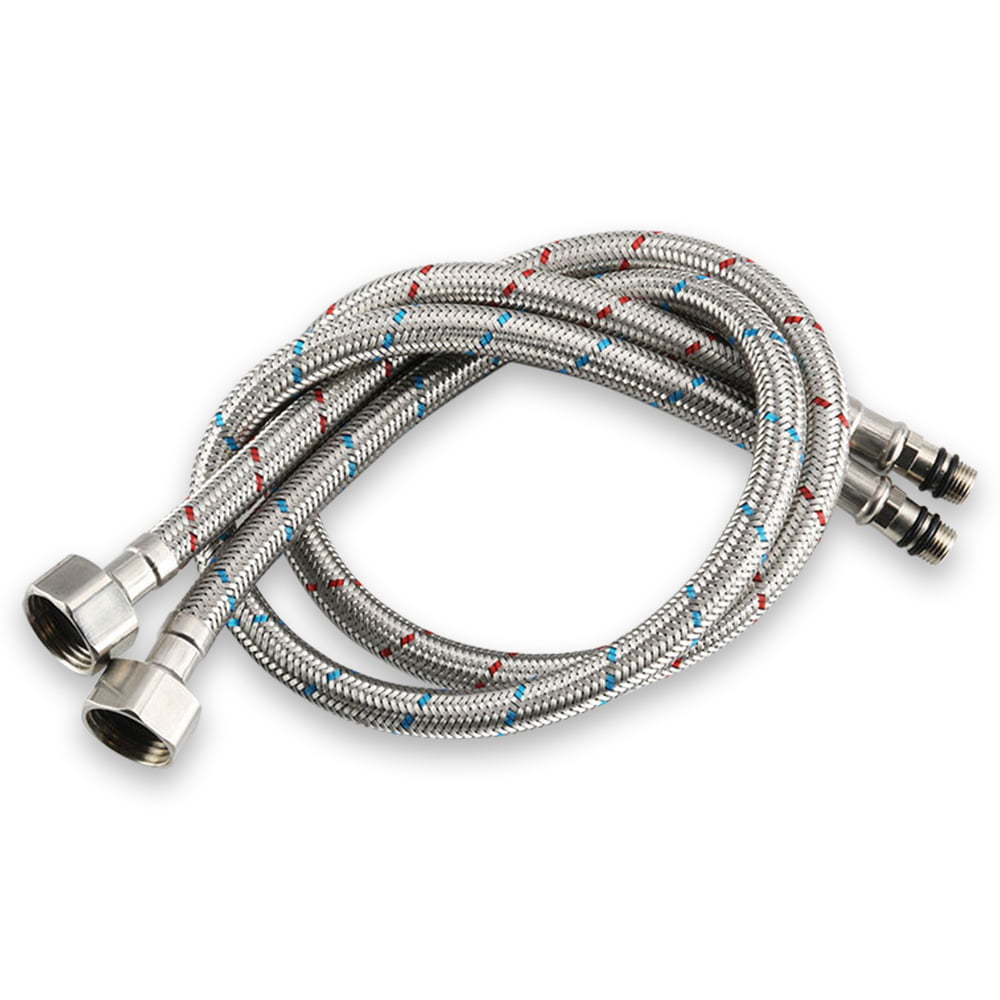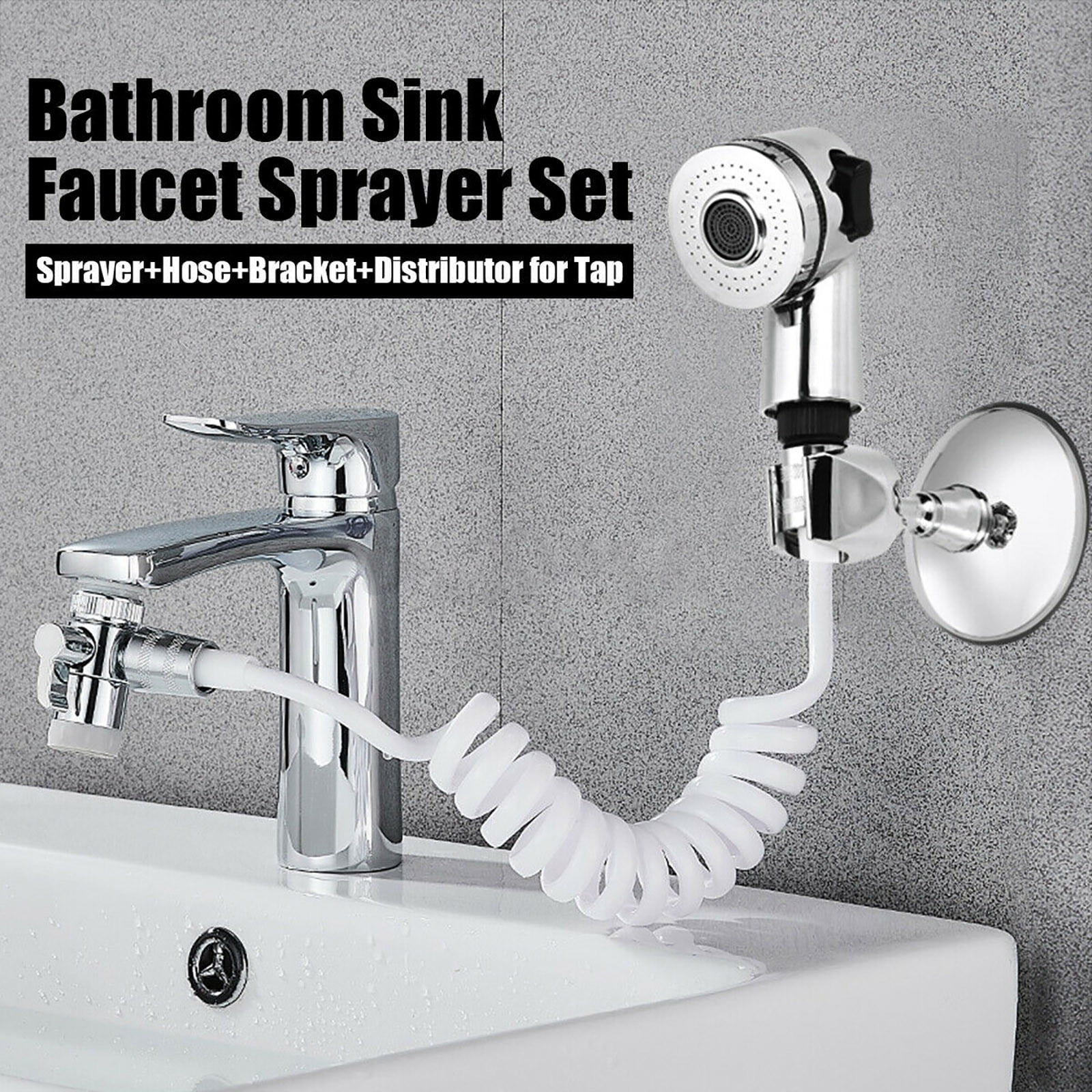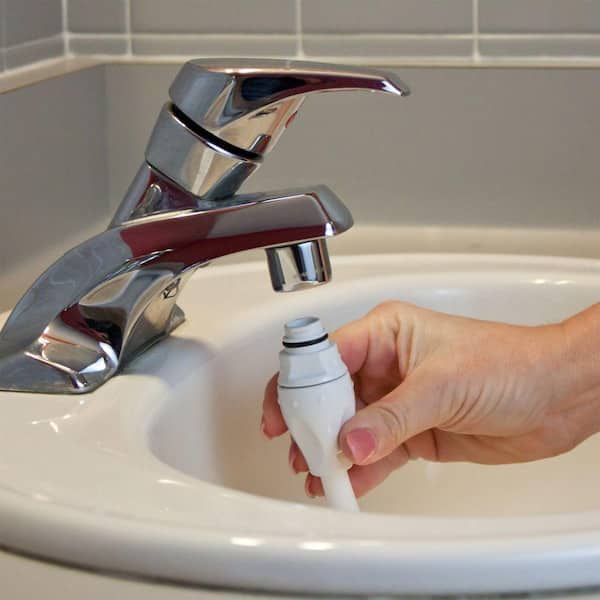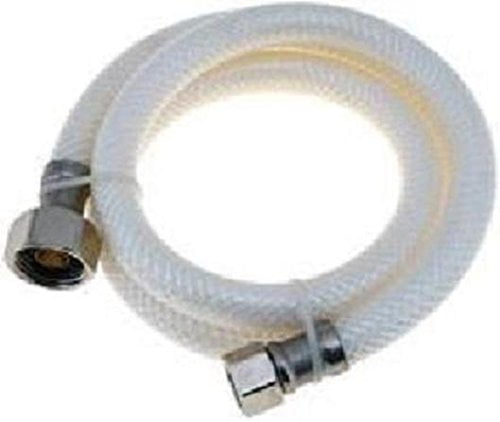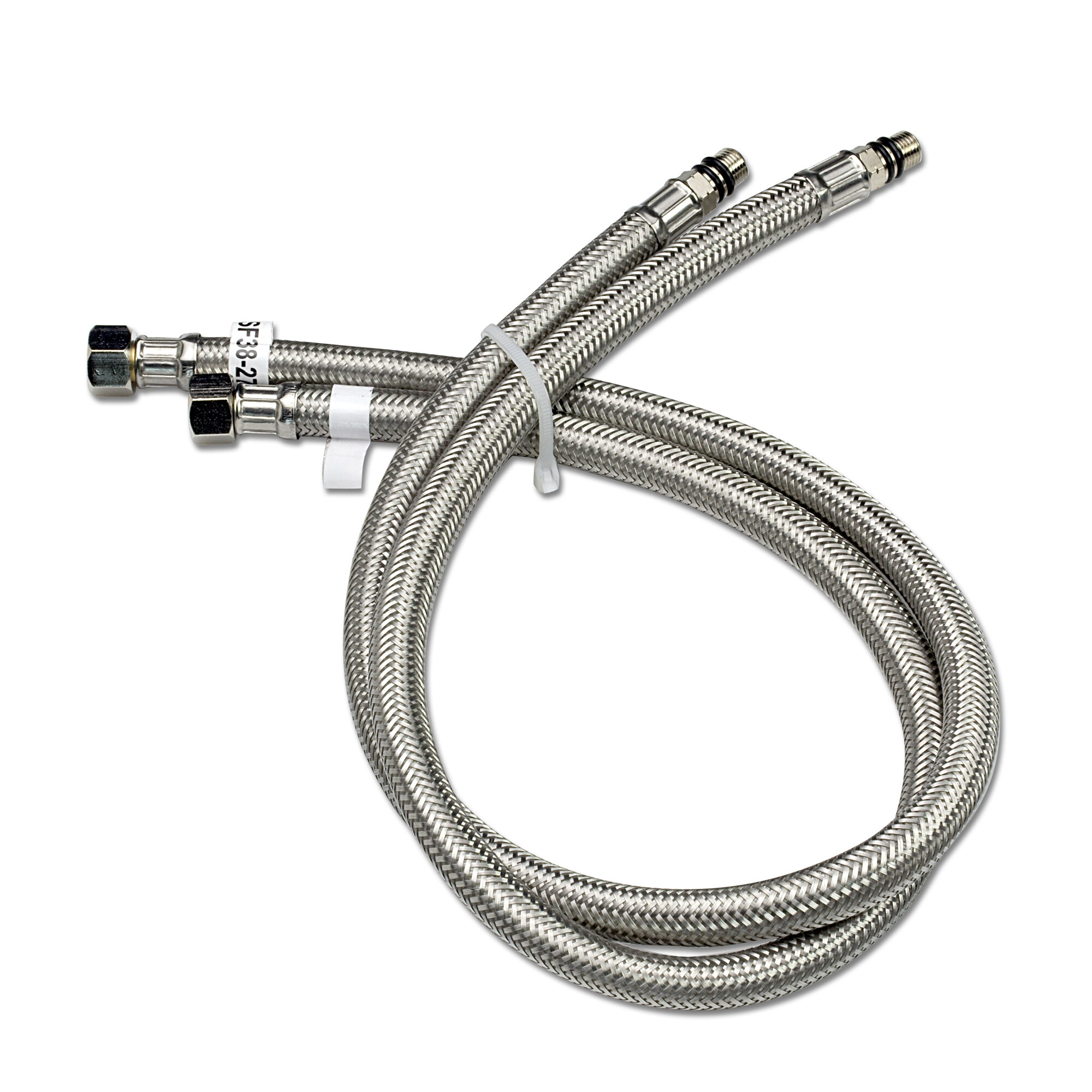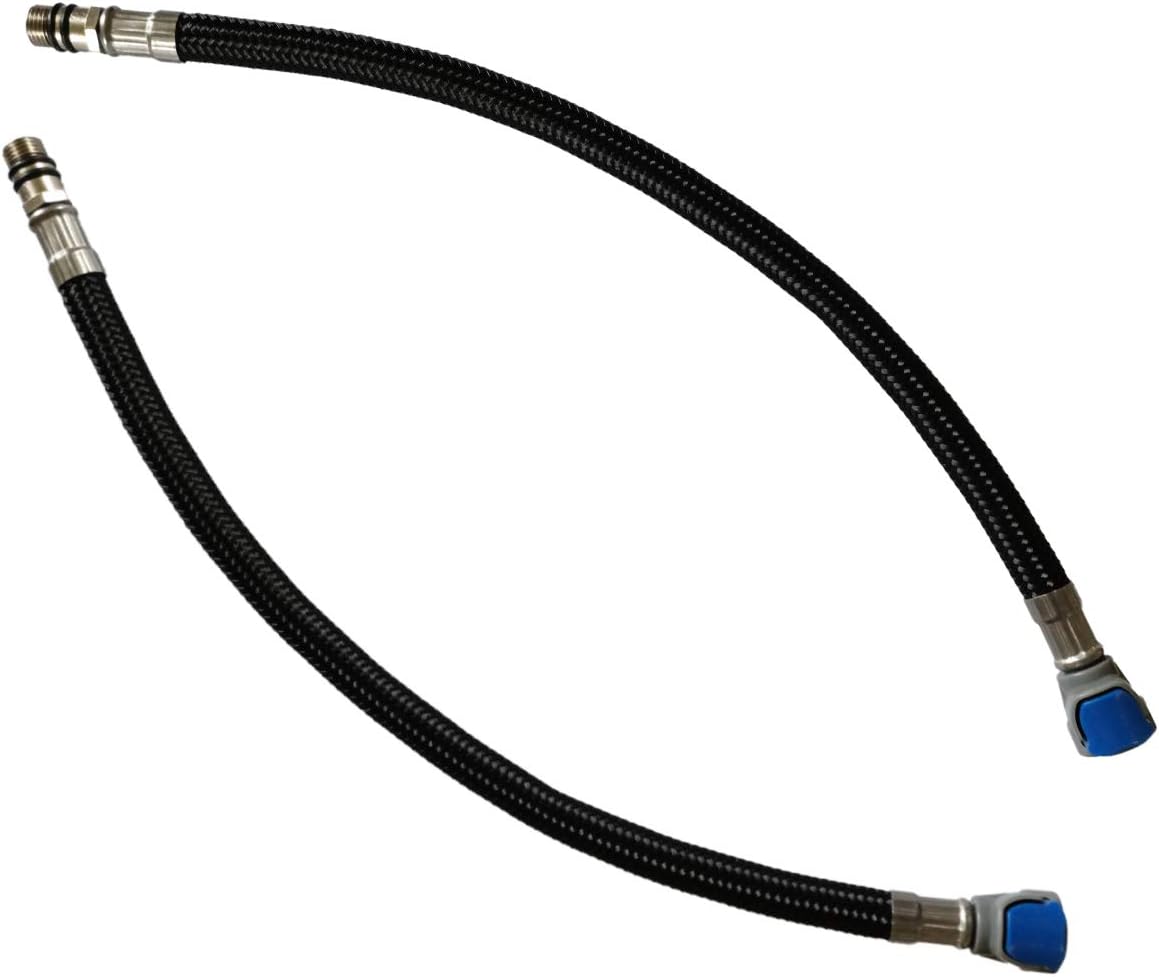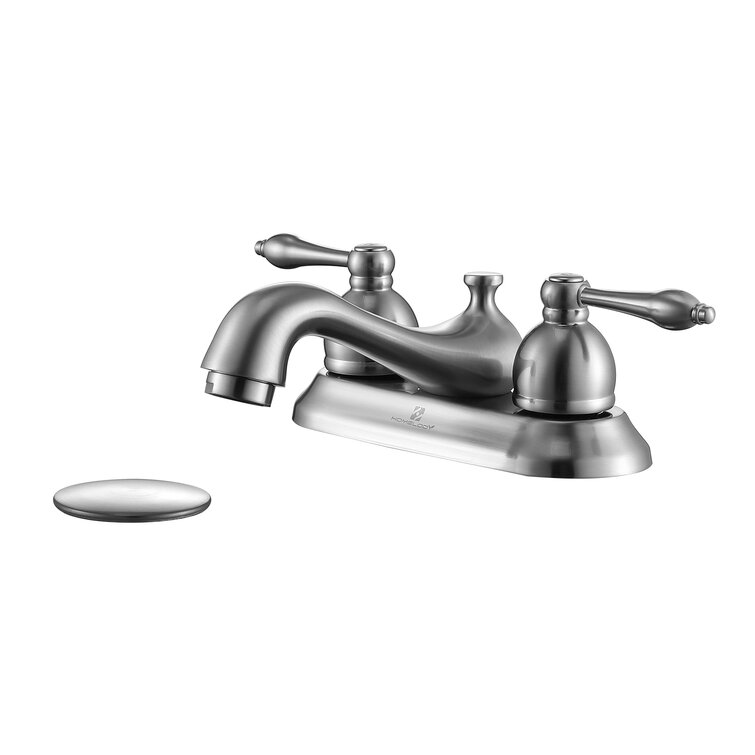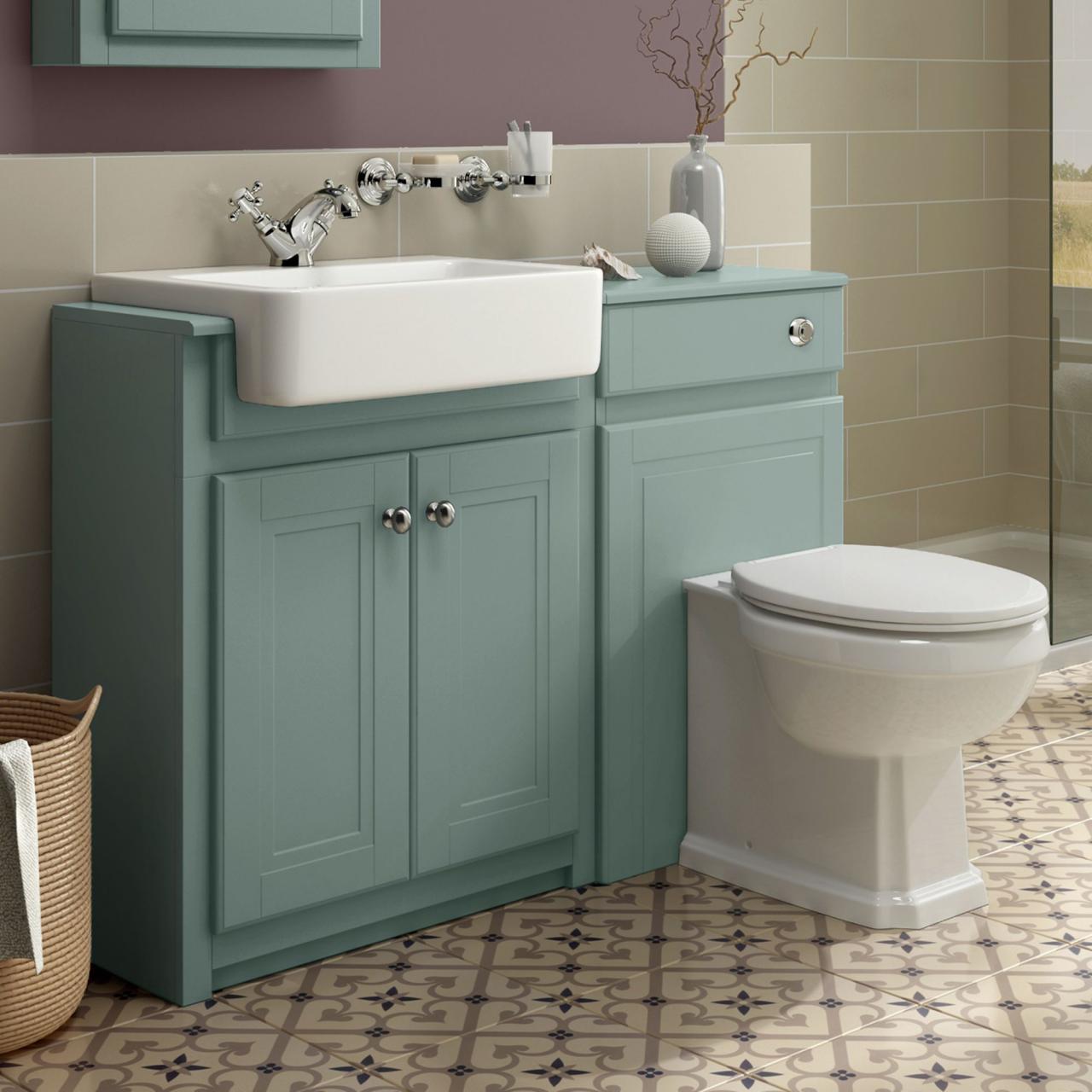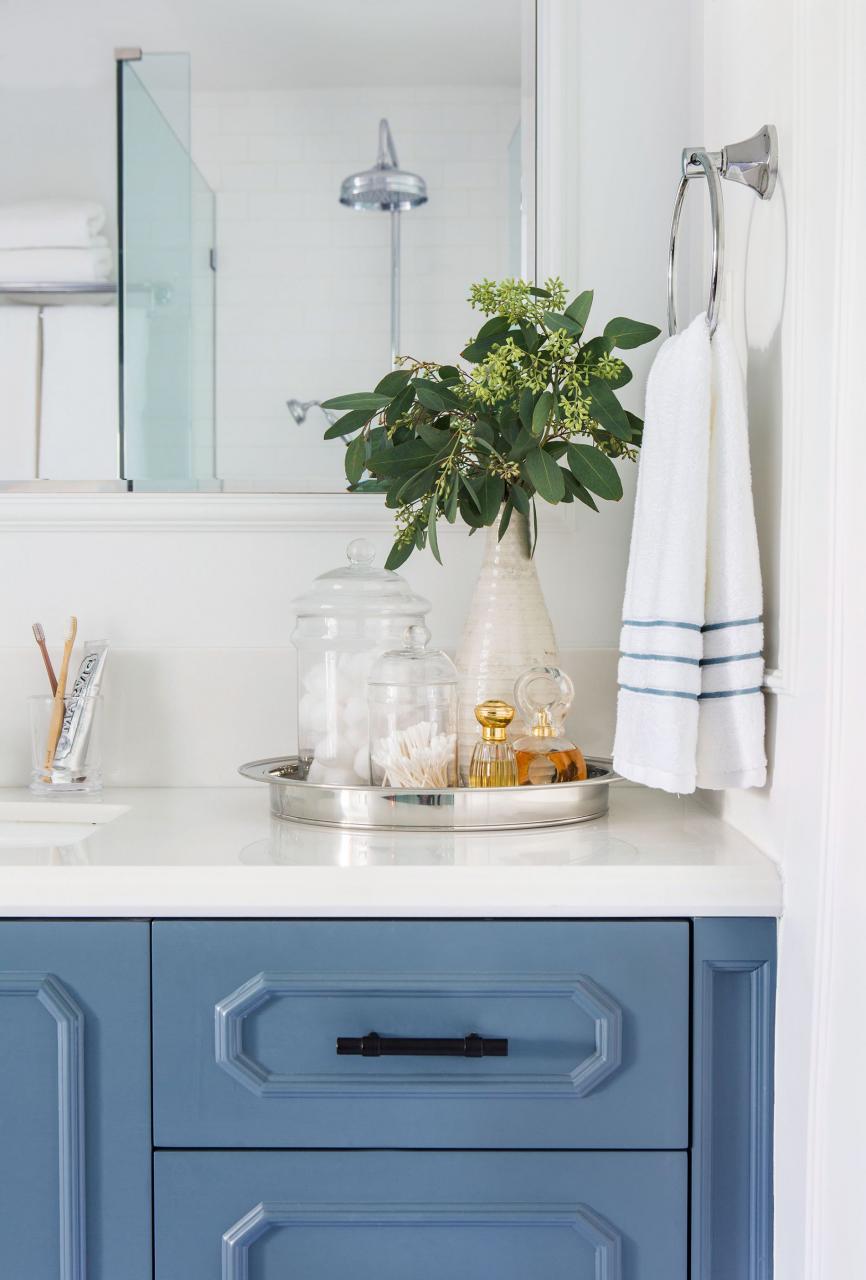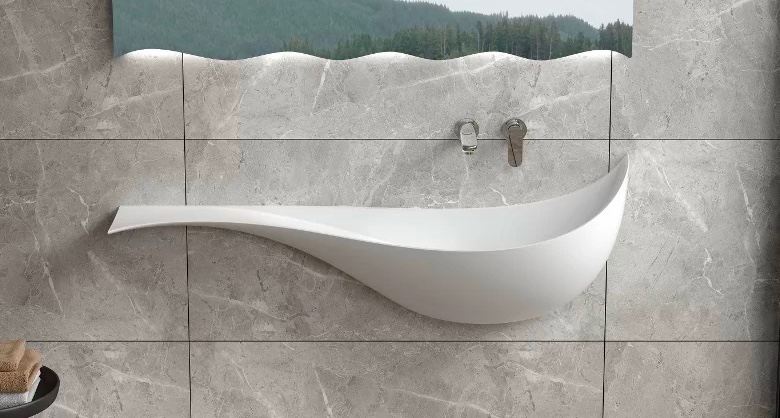The Importance of a Bathroom Sink Faucet Hose
A bathroom sink faucet hose might seem like a small component in your bathroom, but it plays a crucial role in the functionality and convenience of your sink. Here are some reasons why a faucet hose is important:
- Flexible Water Delivery: The faucet hose allows for flexible water delivery, giving you greater control over the direction and intensity of the water flow. Whether you’re rinsing soap off your hands or cleaning the sink, the hose provides easy access to water exactly where you need it.
- Versatile Cleaning: With a faucet hose, cleaning the sink becomes a breeze. You can easily maneuver the hose to reach all corners of the sink, ensuring thorough cleaning and sanitation. This versatility makes it easier to maintain a clean and hygienic bathroom environment.
- Efficient Use of Water: Faucet hoses are designed to deliver water efficiently, minimizing wastage and reducing water consumption. By controlling the flow and direction of the water, you can avoid unnecessary runoff and conserve water resources.
- Convenient Functionality: Faucet hoses often come with additional features such as adjustable spray settings or pull-out spouts, adding to their convenience and functionality. These features make everyday tasks such as washing dishes or filling pots easier and more efficient.
- Prevention of Water Damage: A properly functioning faucet hose helps prevent water damage to your bathroom fixtures and cabinetry. By directing water away from sensitive areas and ensuring a tight seal, the hose reduces the risk of leaks and spills that can cause costly damage over time.
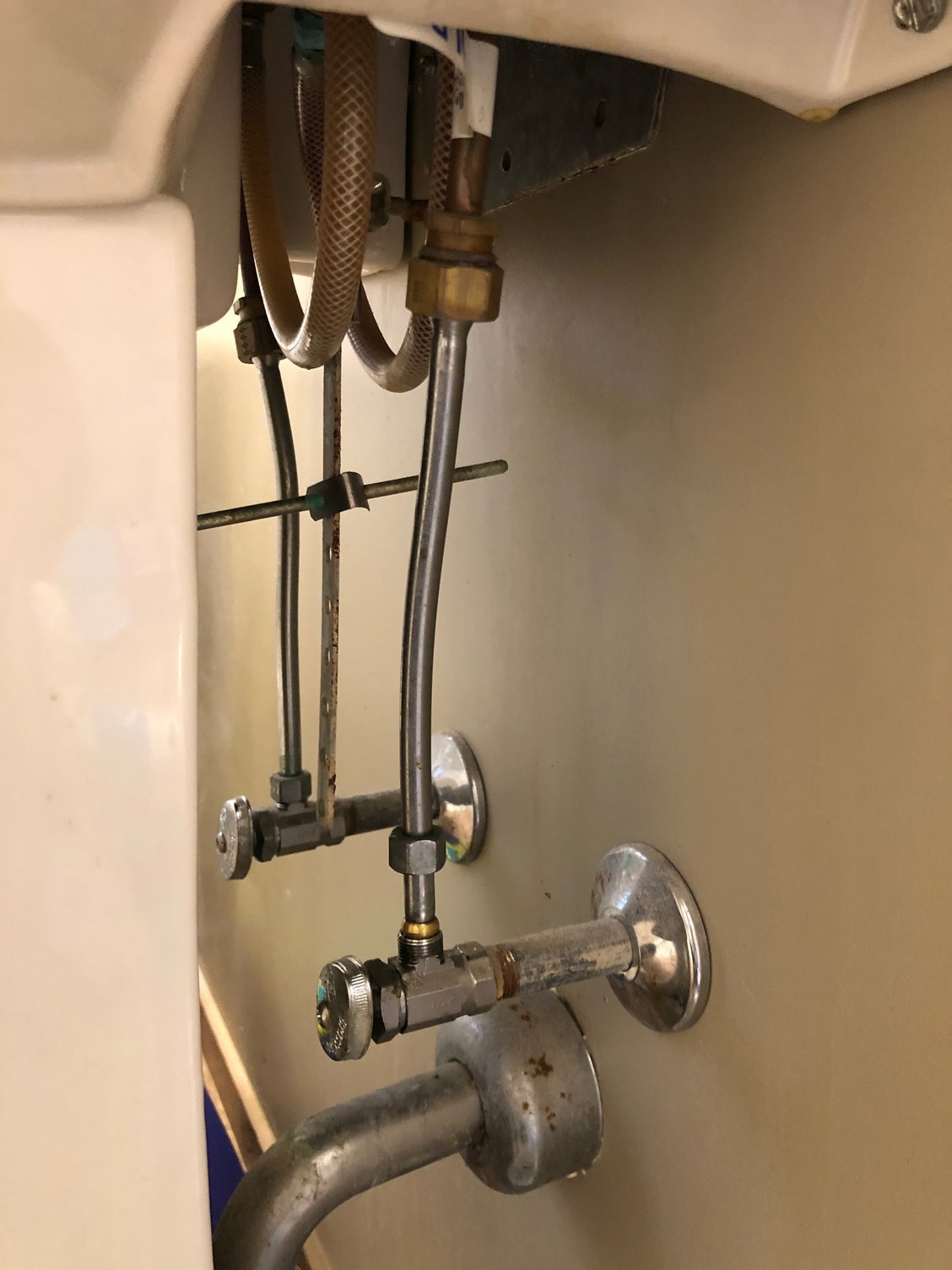
Types of Bathroom Sink Faucet Hoses
When it comes to bathroom sink faucet hoses, there are several types to choose from, each offering its unique features and benefits. Here’s a closer look at some of the most common types of faucet hoses:
Standard Faucet Hose: Standard faucet hoses are the most basic type of hose, typically made of flexible plastic or rubber tubing. These hoses are durable and affordable, making them a popular choice for budget-conscious homeowners. However, they may lack some of the advanced features found in more expensive models.
Braided Stainless Steel Hose: Braided stainless steel hoses are a step up from standard hoses, offering increased durability and longevity. These hoses feature a braided stainless steel exterior that provides added strength and resistance to kinking and bending. They are also less prone to leaks and corrosion, making them a reliable choice for long-term use.
Pull-Out Hose: Pull-out hoses are a convenient option for bathroom sinks, allowing you to extend the faucet spray head for easy access to hard-to-reach areas. These hoses are typically made of flexible plastic or rubber and are designed to retract smoothly and securely when not in use. Pull-out hoses are ideal for tasks such as rinsing dishes or cleaning the sink.
Coiled Hose: Coiled hoses are a versatile option for bathroom sinks, offering flexibility and ease of use. These hoses feature a coiled design that allows them to stretch and retract as needed, making them ideal for compact spaces or areas with limited clearance. Coiled hoses are often made of reinforced plastic or rubber for added durability.
High-Pressure Hose: High-pressure hoses are designed to deliver a powerful stream of water, making them ideal for tasks that require extra cleaning power. These hoses are typically made of reinforced materials such as stainless steel or braided nylon and are capable of withstanding higher water pressures without bursting or leaking.
How to Install a Bathroom Sink Faucet Hose
Installing a bathroom sink faucet hose is a relatively straightforward process that can be completed in just a few simple steps. Whether you’re replacing an old hose or installing a new one, follow this installation guide to ensure a smooth and successful process:
Gather Your Tools: Before you begin, gather all the necessary tools and materials for the installation, including a wrench, plumber’s tape, and a bucket or basin to catch any water runoff.
Turn Off the Water Supply: Locate the shut-off valves beneath the sink and turn off the water supply by twisting the valves clockwise until they are fully closed. Turn on the faucet to drain any remaining water from the lines and relieve pressure.
Disconnect the Old Hose: If you’re replacing an old hose, start by disconnecting it from the faucet and water supply lines. Use a wrench to loosen the nuts securing the hose fittings, then carefully remove the hose from the faucet and water supply lines.
Prepare the New Hose: If necessary, apply the plumber’s tape to the threads of the hose fittings to ensure a tight seal. This will help prevent leaks and ensure a secure connection.
Connect the New Hose: Attach the new hose to the faucet and water supply lines, making sure to align the fittings correctly. Use a wrench to tighten the nuts securely, but be careful not to overtighten, as this can damage the fittings.
Test for Leaks: Once the new hose is securely installed, turn on the water supply and check for any leaks around the fittings. If you notice any leaks, tighten the fittings further or apply additional plumber’s tape as needed to create a watertight seal.
Secure the Hose: Use clips or straps to secure the hose to the underside of the sink, keeping it neat and organized and preventing it from dangling or getting tangled.
Test the Faucet: Turn on the faucet and test the new hose to ensure it’s functioning properly. Check for any leaks or drips and make any necessary adjustments to ensure a smooth and reliable flow of water.
Keeping Your Faucet Hose in Top Condition
Proper maintenance and troubleshooting are essential for keeping your bathroom sink faucet hose in top condition and ensuring reliable performance over time. Here are some tips for maintaining and troubleshooting your faucet hose:
Regular Cleaning: Clean your faucet hose regularly to remove dirt, grime, and mineral deposits that can accumulate over time. Use a mild detergent and warm water solution to clean the hose, then rinse thoroughly with clean water and dry it with a soft cloth.
Check for Leaks: Periodically inspect your faucet hose for signs of leaks or drips, especially around the fittings and connections. If you notice any leaks, tighten the fittings or replace worn washers to create a watertight seal.
Clear Blockages: If your faucet hose is experiencing reduced water flow or blockages, it may be due to mineral buildup or debris lodged in the hose. Disconnect the hose from the faucet and water supply lines and flush it out with clean water to remove any obstructions.
Inspect for Damage: Check your faucet hose regularly for signs of damage or wear, such as cracks, kinks, or fraying. If you notice any damage, replace the hose immediately to prevent leaks or bursts that can cause water damage to your bathroom fixtures and cabinetry.
Test the Spray Function: If your faucet hose has a spray function, test it periodically to ensure it’s working properly. Check for any issues such as weak spray or uneven distribution and make any necessary adjustments to improve performance.
Replace as Needed: Over time, faucet hoses may become worn or damaged and require replacement. If your hose is leaking, dripping, or experiencing other issues that cannot be resolved with maintenance or troubleshooting, it’s time to replace it with a new hose.
Consult a Professional: If you’re unsure how to troubleshoot or repair your faucet hose, or if you encounter any complex issues during maintenance, it’s best to consult a professional plumber for assistance. A plumber can diagnose and resolve the problem quickly and efficiently, ensuring your faucet hose is functioning properly.
Tips for Choosing a Replacement
If your bathroom sink faucet hose is outdated, damaged, or simply not meeting your needs, it may be time to consider upgrading to a new hose. When choosing a replacement faucet hose, consider the following factors to ensure you find the perfect option for your space:
Material: Faucet hoses are typically made of either plastic, rubber, or metal. Plastic hoses are affordable and lightweight but may be prone to kinking and cracking over time. Rubber hoses are more durable and flexible but may degrade with exposure to heat and chemicals. Metal hoses, such as stainless steel or brass, are the most durable and long-lasting option, offering superior strength and resistance to corrosion.
Length: Measure the length of your existing faucet hose or the distance between the faucet and water supply lines to determine the appropriate length for your replacement hose. Choose a hose that’s long enough to reach all areas of the sink and provide ample flexibility for everyday tasks.
Compatibility: Ensure the replacement hose is compatible with your existing faucet and water supply lines. Check the hose fittings and connections to make sure they match the specifications of your faucet and plumbing system. If you’re unsure, consult the manufacturer or a professional plumber for assistance.
Features: Consider any additional features or functions you may want in a replacement hose, such as a pull-out spray head, adjustable spray settings, or a coiled design for compact spaces. Choose a hose with features that enhance the functionality and convenience of your bathroom sink.
Quality and Durability: Invest in a high-quality faucet hose that’s built to last and withstand the rigors of daily use. Look for hoses made from durable materials with reinforced construction and secure fittings to ensure reliable performance and longevity.
Budget: Consider your budget when choosing a replacement faucet hose and look for options that offer the best value for your money. While higher-priced hoses may offer superior quality and durability, there are also affordable options available that provide reliable performance at a lower cost.
Brand Reputation: Research different brands and manufacturers to find reputable companies known for producing high-quality faucet hoses. Read customer reviews and testimonials to gauge the reliability and satisfaction of previous buyers and choose a brand with a solid reputation for excellence.
Bathroom Sink Faucet Sprayer Water Tap Extension Nozzle Adjustable Shower Set TANGNADE
RINSE ACE Sink Faucet Rinser for Detachable 3 ft. Hose/Sprayer 4304
G-Sunny Quick-Connect Sink Faucet Sprayer Kit, Sink Hose Sprayer Accessories, Detachable Metal Adapter With Hand Shower,Hair Washing,Pet Cleaning,for
Sink Faucet Connector Water Supply Hose Line 1/2 “Fpt X 3/8” Od
Vessel Sink Faucet Stainless Steel Flexible Water Supply Hose
TRUSTMI Quick Connect Water Supply Hose, 24-inch Widespread Bathroom Faucet Replacement Fast Lock Pipe Lines, 2 Pieces
Homelody 4 Inch Bathroom Sink Faucet Brushed Nickel Centerset Faucet 2 Handles Bathroom Faucet Lavatory Faucet With Pop-Up Drain Assembly (Without
Related Posts:



